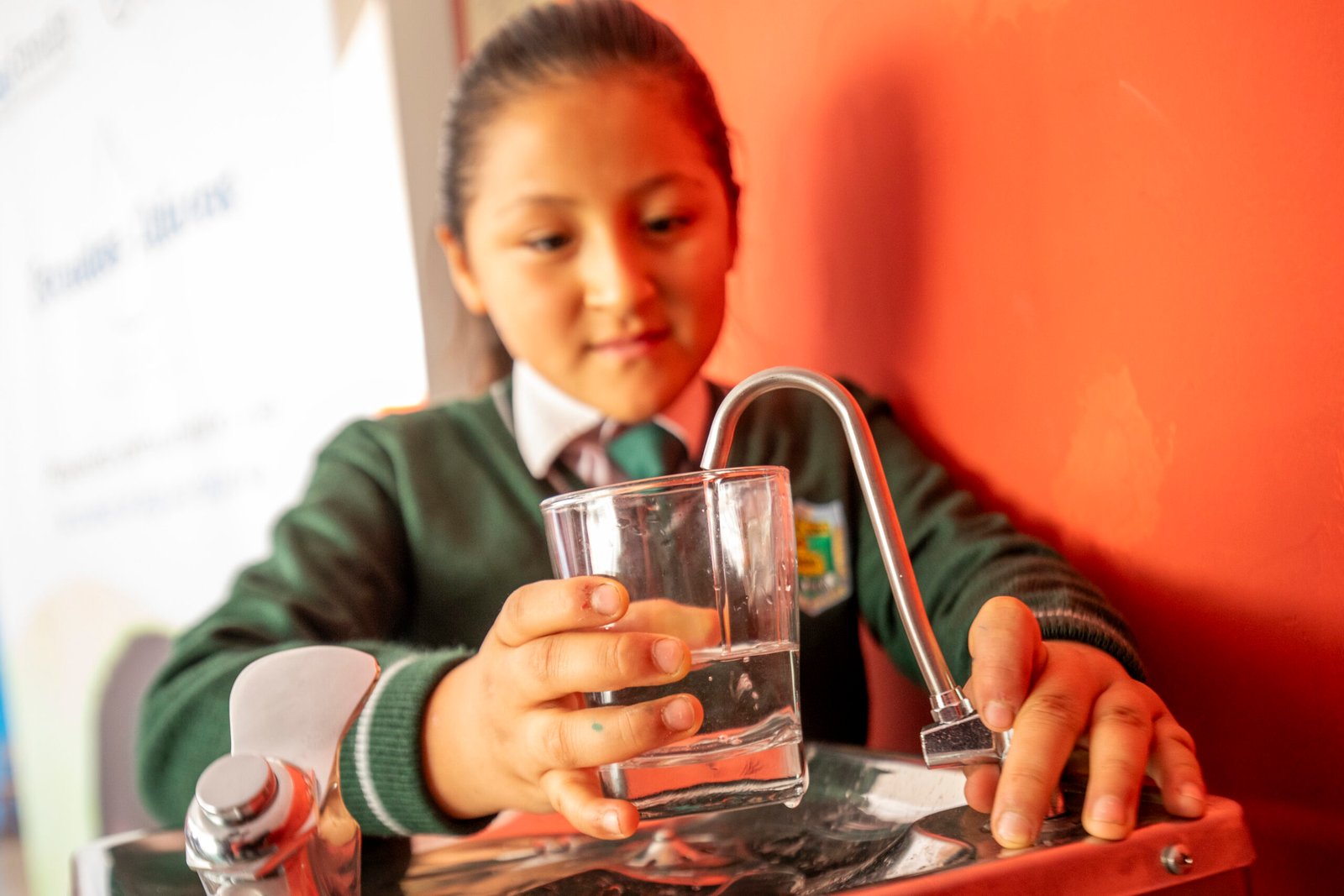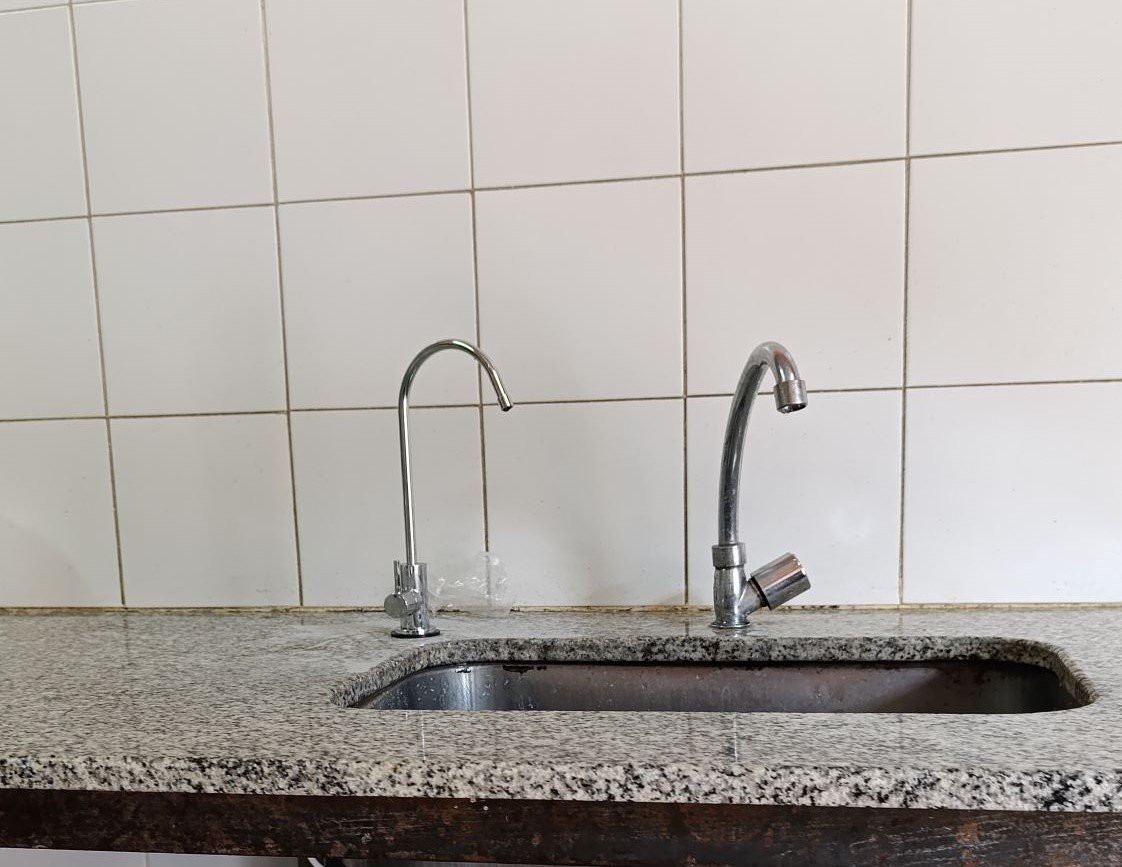Gisella Djenderedjian – General Manager of Dvigi.
Access to safe drinking water remains one of the most urgent challenges of the 21st century. Although it may seem like a guaranteed right, over 2.2 billion people worldwide lack secure access to water, and this has devastating consequences, especially in rural communities.
According to the World Health Organization (WHO), more than 485,000 people die each year from diarrheal diseases linked to the consumption of contaminated water. This reality hits women and children hardest, as they are often primarily responsible for collecting water in rural areas. This task not only exposes them to physical risks but also keeps them away from educational and work opportunities, perpetuating cycles of poverty and inequality.
Accessible Technology to Improve Water Security
In this scenario, technology presents itself as a fundamental ally in the fight to guarantee water security. In particular, ultrafiltration systems have consolidated as an effective, sustainable, and low-cost solution to improve access to water and sanitation in contexts where water infrastructure is limited or nonexistent.
This technology allows the removal of bacteria, viruses, and sediments without the need for electricity or chemicals, making it a viable tool for vulnerable communities. Furthermore, it contributes to improving water quality, which is vital for preventing waterborne diseases and improving overall well-being.
How Ultrafiltration Works
Ultrafiltration is a purification process that uses membranes with extremely small pores to remove contaminants from water. In the case of purifiers developed by Dvigi, this system is combined with activated carbon and sediment filters, achieving complete purification without removing essential minerals from the water.
“Our purifiers combine ultrafiltration technology with activated carbon and sediment filters, eliminating impurities and improving water taste. We want to be part of the solution to the global water problem,” explains Gisella Djenderedjian, General Manager of Dvigi.
These systems are designed to be simple to install, easy to maintain, and durable, making them especially suitable for communities that do not have constant access to technical services or infrastructure.
A Sustainable Approach with Community Impact
Beyond its efficiency, Dvigi’s technology has a clear focus on sustainability. By not requiring electrical energy or generating polluting waste, it aligns with principles of water conservation and sustainable water management.
In collaboration with Agua Segura, Dvigi works on filter implementation projects in rural communities across Latin America. These initiatives not only improve access to safe drinking water but also strengthen the social fabric through:
- Awareness workshops on responsible water use.
- Training in hygiene and healthy habits (WASH).
- Training for the use and maintenance of the systems.
- Promotion of corporate water responsibility by technology provider companies.
Each project is conceived as part of a comprehensive approach that prioritizes community education and long-term sustainability.
Community Projects with Real Impact
The community water projects in which Dvigi participates are designed to generate a transformative effect. Daily access to safe water implies a radical change in health, development, and life opportunities in rural communities.
Furthermore, by freeing women and girls from the responsibility of fetching water, greater access to education and economic participation is enabled, contributing to gender equality.
These projects also reinforce the communities’ resilience to the water crisis, which intensifies with phenomena such as droughts, extreme rainfall, or contamination of surface sources.
Complement to Ecosystemic Strategies
Although ultrafiltration technology operates at the household level, it is also part of a broader approach that recognizes the importance of protecting water sources. That is, it is not enough to purify water at the end of the process: it is also essential to take care of what happens in the natural environment.
Therefore, Agua Segura articulates this technological solution with other nature-based solutions for water strategies, such as:
- The restoration of aquatic ecosystems.
- The recharge of aquifers through soil conservation.
- The protection of watersheds.
- The improvement of agricultural practices to prevent contamination.
These approaches mutually reinforce each other: while the environment is preserved, immediate tools are provided to ensure safe consumption in homes.
Technology with Purpose
“Our commitment is to improve the quality of life in the regions that need it most, using sustainable technology that transforms access to water,” says Djenderedjian.
Dvigi’s mission is clear: to make access to safe water not a privilege, but a right accessible to everyone. Each installed filter represents an opportunity to break the cycle of disease and exclusion.
In contexts where investment in traditional infrastructure takes years or is unfeasible, these technologies represent immediate, effective, and low-environmental-impact solutions for household water replenishment.
Conclusion: Innovation for the Right to Water
The water crisis demands multiple responses, from ecosystem restoration to the development of appropriate technologies for each reality. Dvigi’s experience demonstrates that social and technological innovation can be part of a comprehensive, people-centered solution.
Ultrafiltration systems not only purify water: they open doors to health, education, and community development. In partnership with organizations like Agua Segura, this technology transforms into a tool to build a fairer, more resilient, and healthier future for all.


